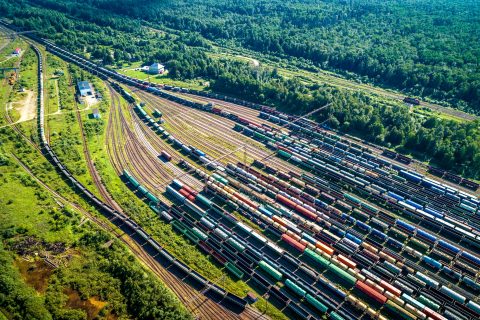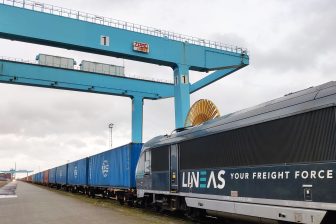
Russian Railways deputy general boast railways competitiveness
Photo source: Russian Railways
Railways are the most competitive mode of transportation and they should become a key player in Eurasian cargo shipping, first deputy general of Russian Railways Sergei Pavlov said at an event in Moscow.
Want to read more?
You have read all of your free premium articles for this month. Please become a subscriber to keep reading.
Subscribe now!
Take advantage of our exclusive offer to get full access to all premium content.




